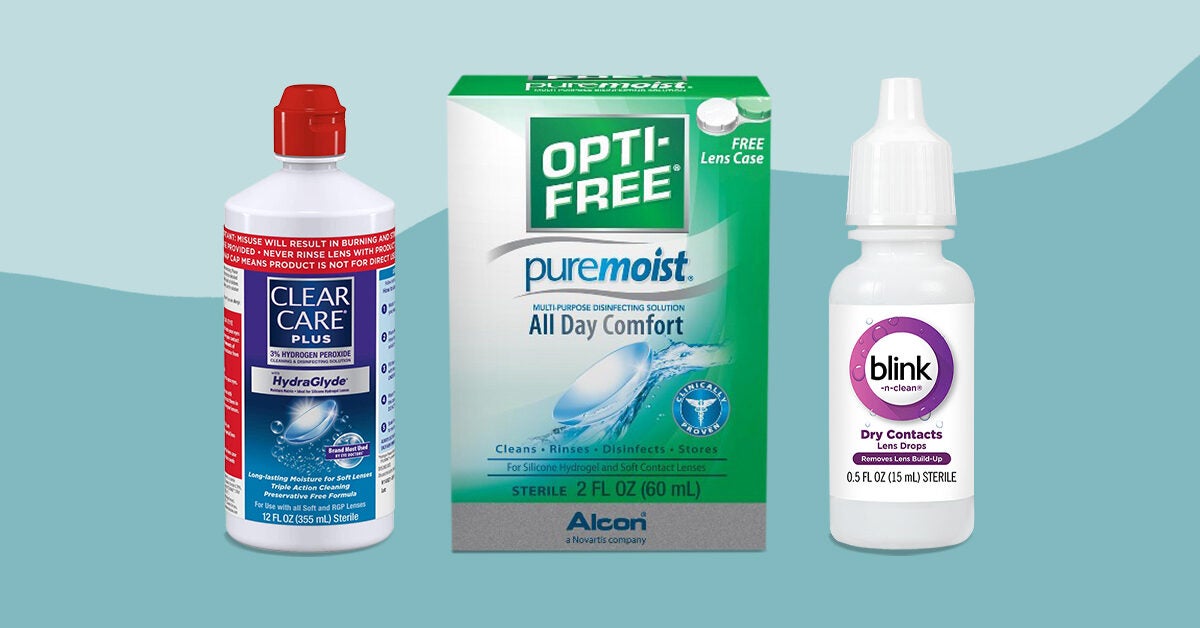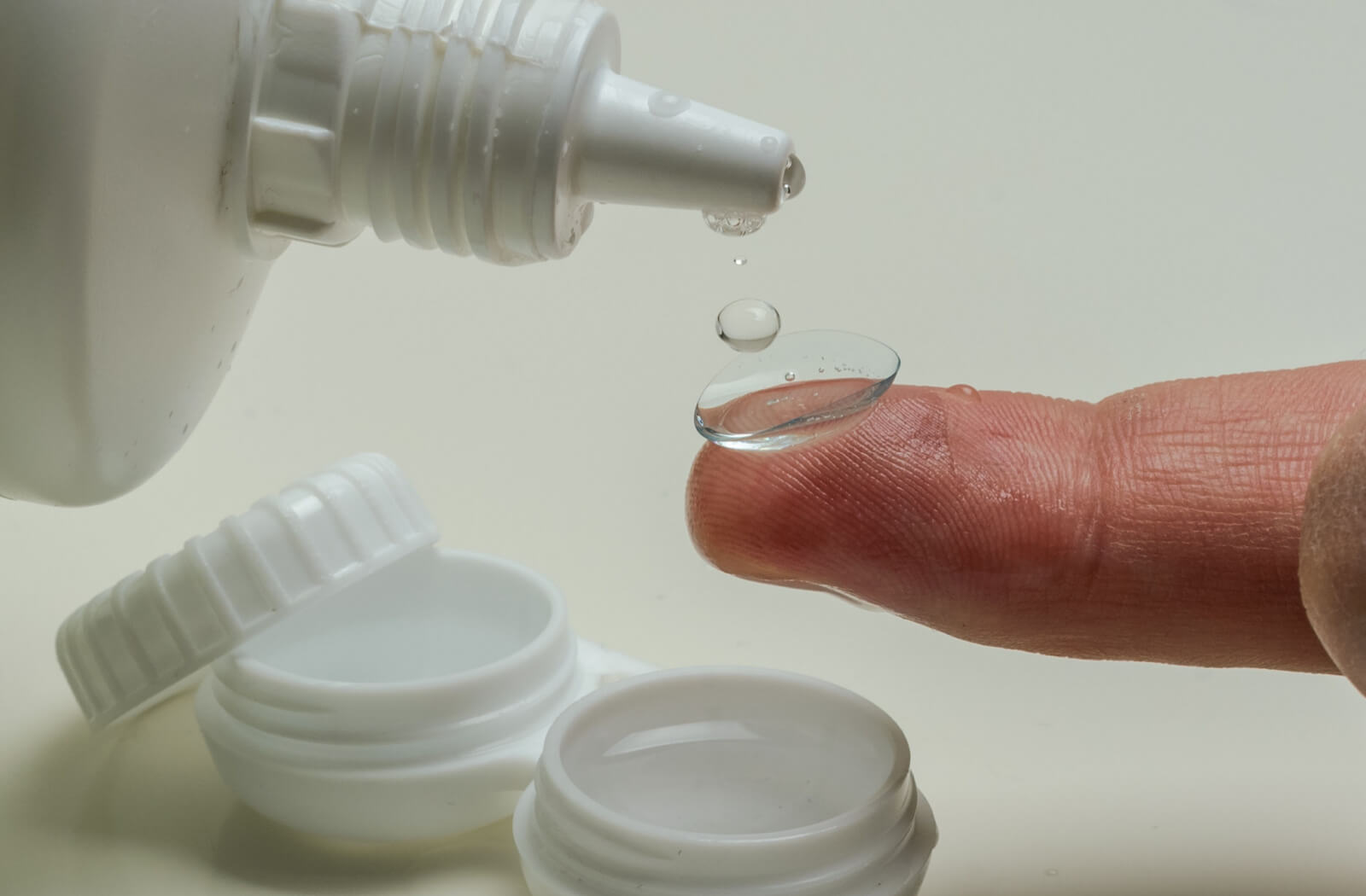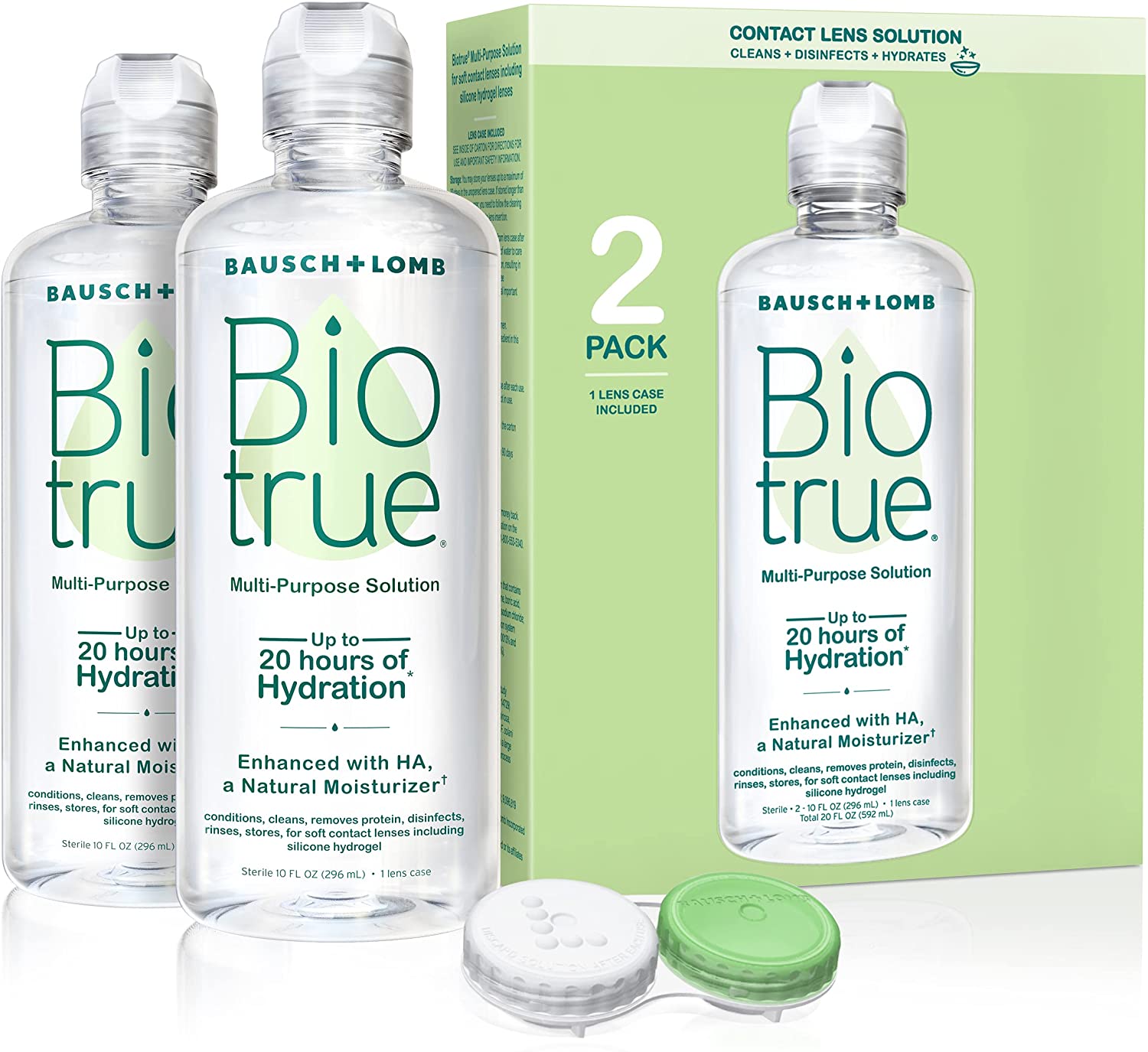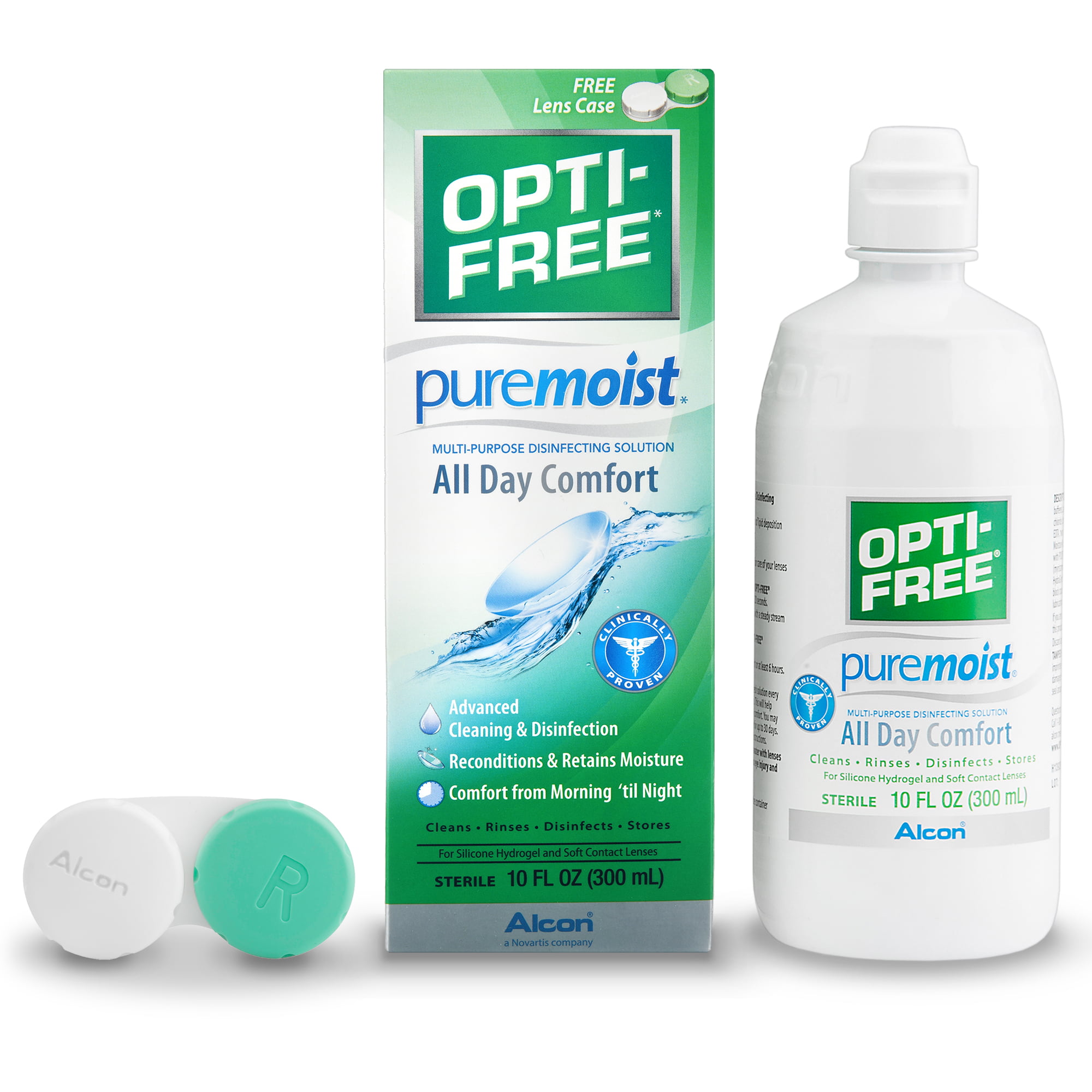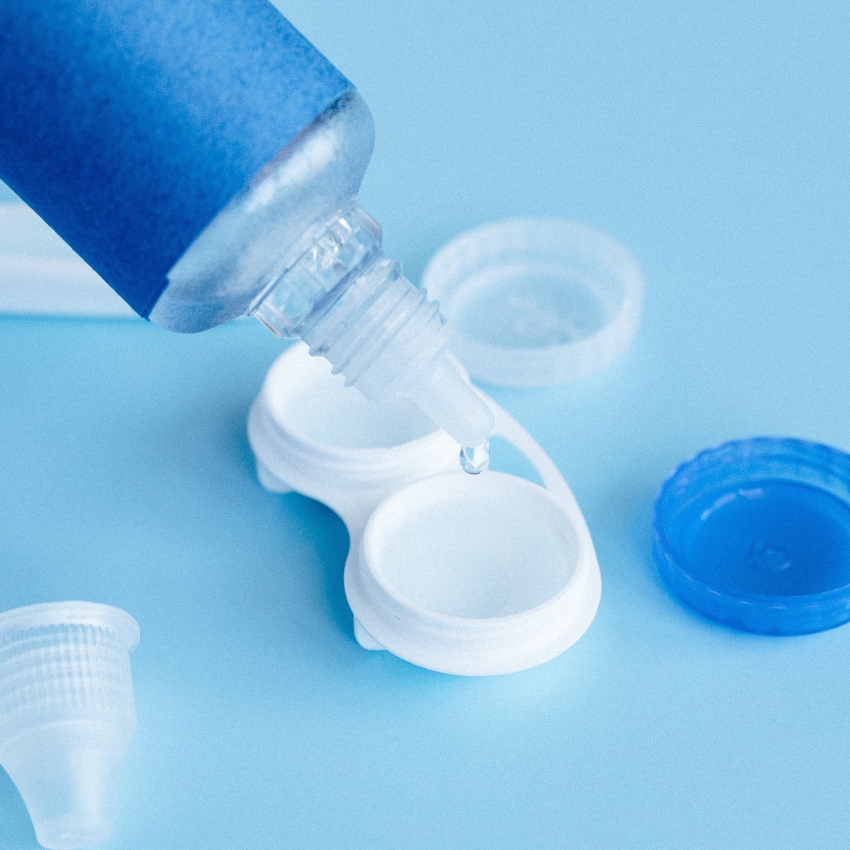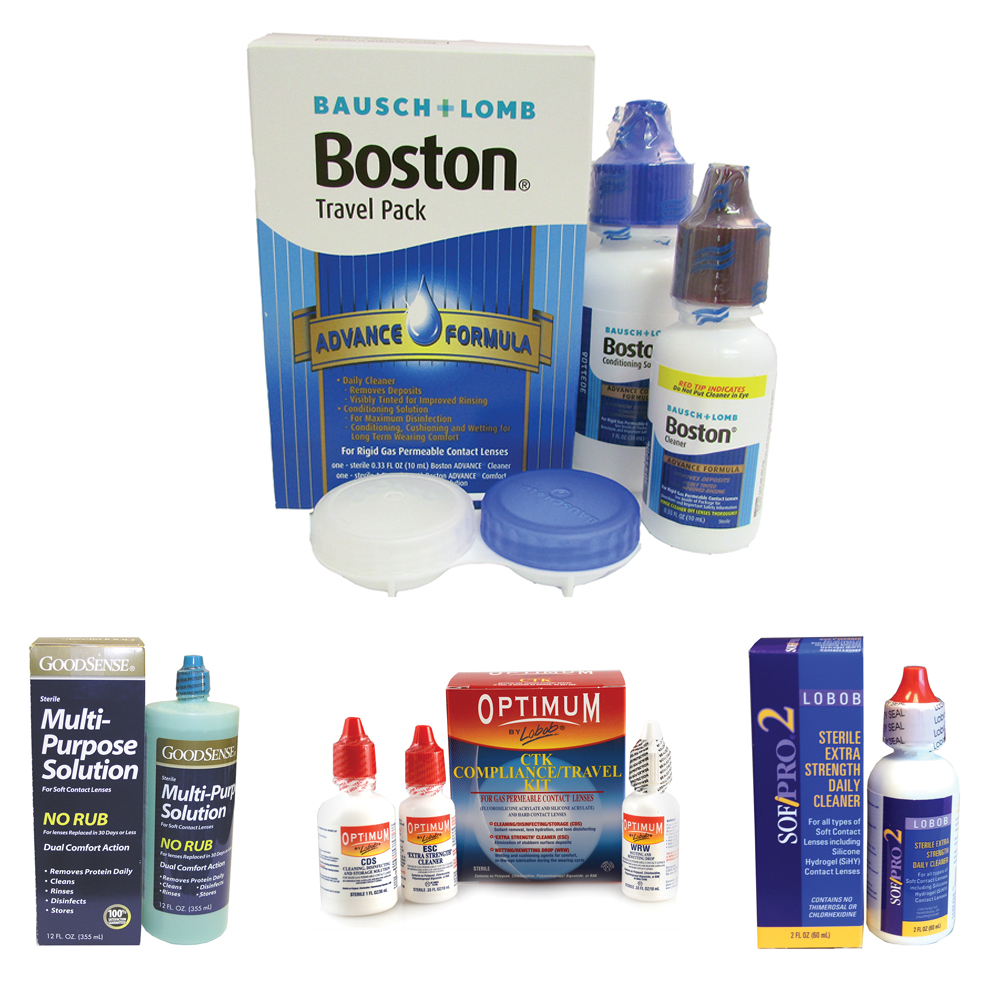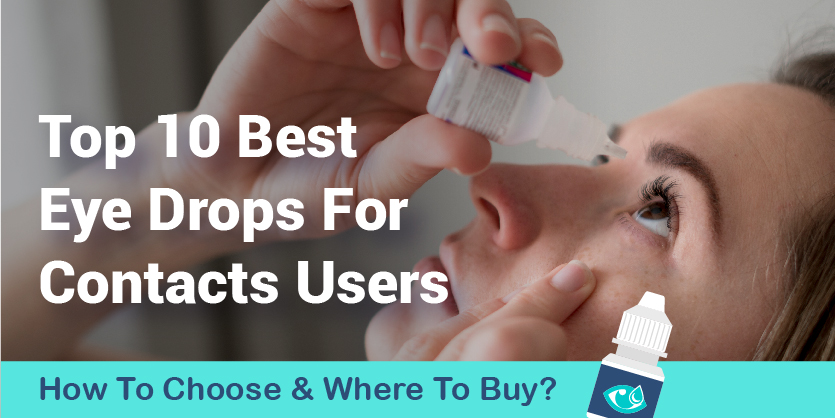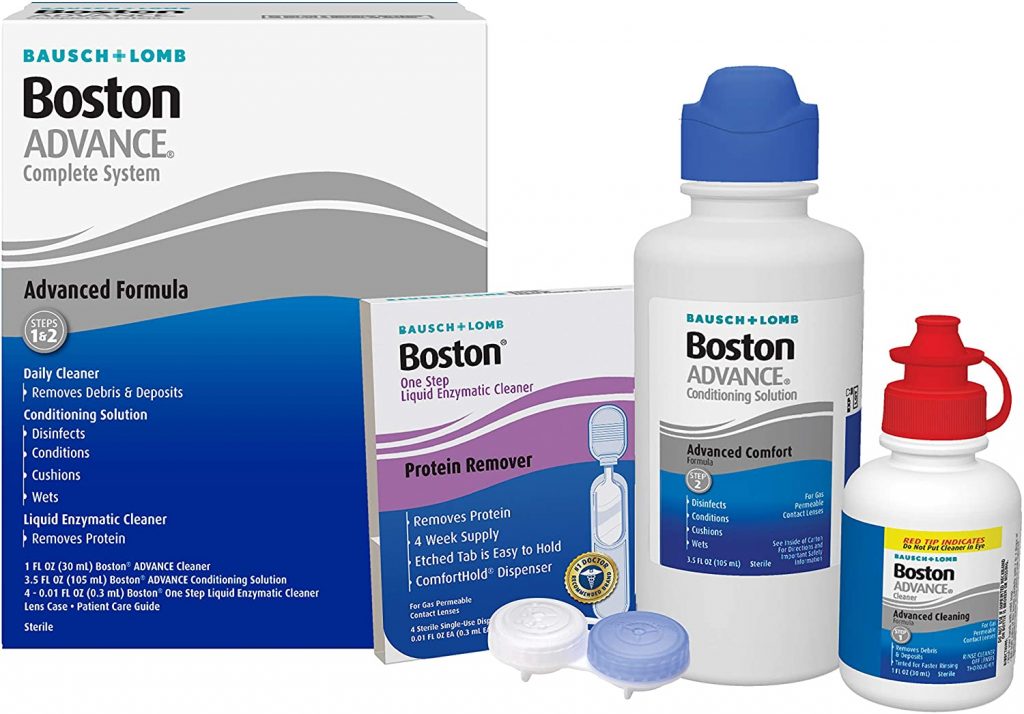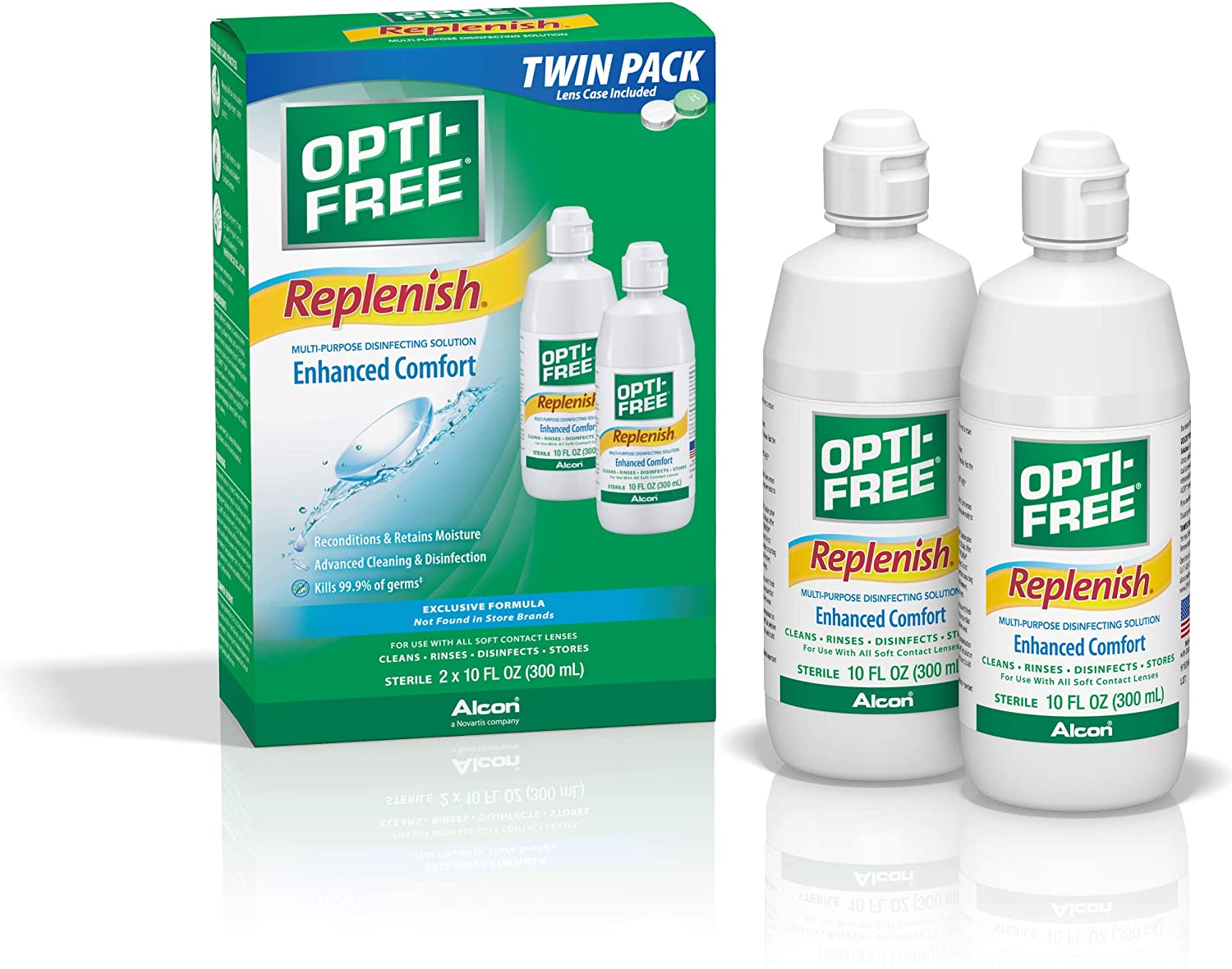Are Contact Solution And Eye Drops The Same
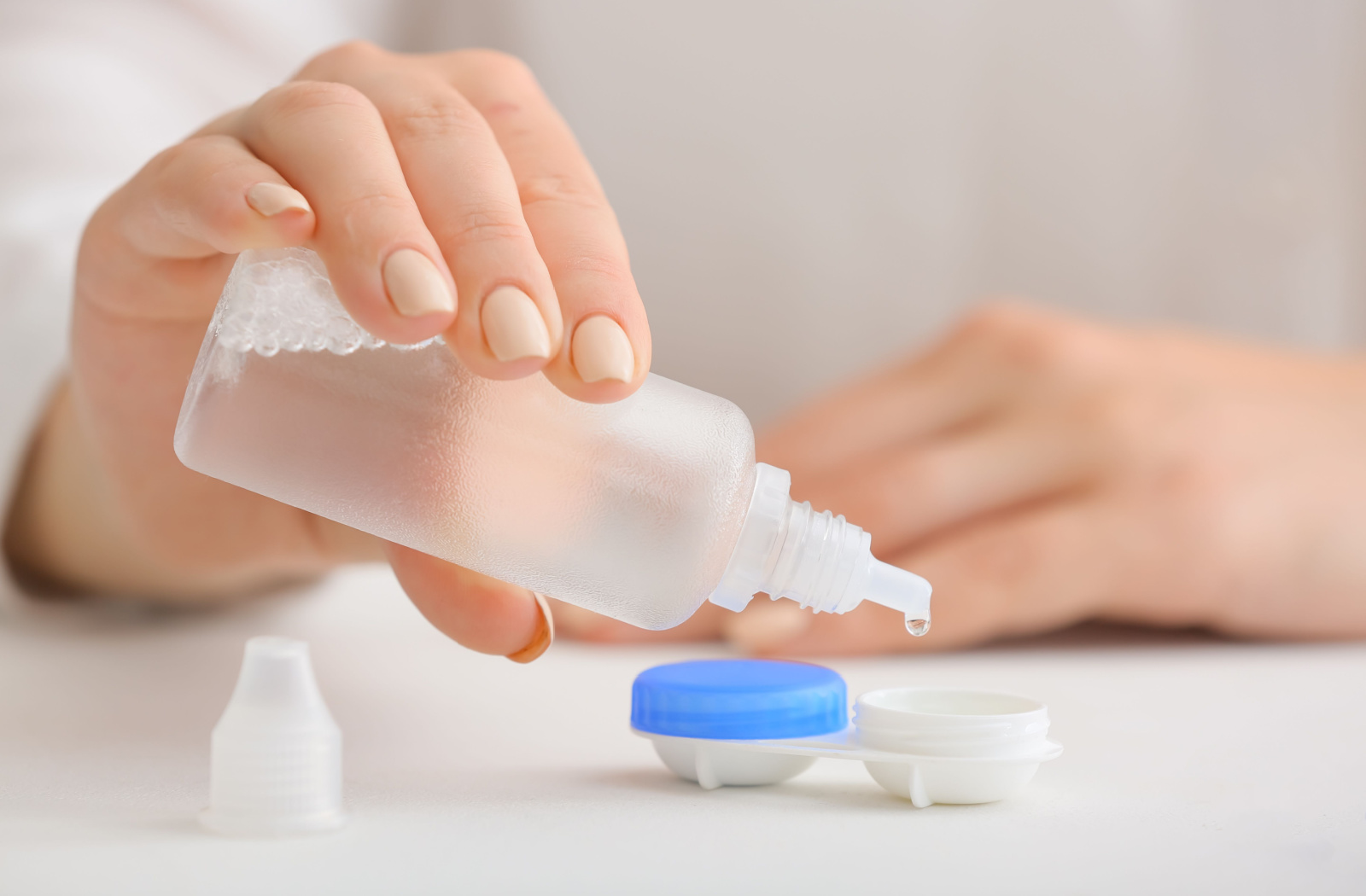
Burning, itchy, irritated eyes are a common complaint, leading many to reach for the nearest bottle promising relief. But is that bottle contact lens solution or eye drops? While both are readily available and often found side-by-side on store shelves, using them interchangeably can have serious consequences for eye health.
This article will delve into the critical differences between contact lens solution and eye drops, explaining why each is formulated for specific purposes. We will examine the potential risks of misuse, the active ingredients that differentiate them, and how to choose the right product for your individual needs, ensuring optimal eye care and preventing potential harm.
Understanding the Core Differences
The fundamental distinction lies in their intended use. Contact lens solution is designed to clean, disinfect, rinse, and store contact lenses. Eye drops, on the other hand, are formulated to lubricate, soothe, and treat various eye conditions, directly interacting with the eye itself.
This difference in purpose dictates their composition.
Contact Lens Solution: Cleaning and Disinfecting
Contact lens solutions are primarily designed to maintain the hygiene of contact lenses. They contain agents that remove protein deposits, debris, and microorganisms that accumulate on the lens surface during wear. This cleaning process is crucial to prevent infections and maintain clear vision.
Different types of contact lens solutions exist, each with its specific formulation. Multi-purpose solutions (MPS) are the most common, combining cleaning, rinsing, disinfecting, and storing functions. Hydrogen peroxide-based solutions offer a more potent disinfection but require a neutralization step before the lenses can be safely inserted.
Using contact lens solution directly in the eye can cause significant irritation. The disinfecting agents, while effective for cleaning lenses, are not formulated for direct contact with the sensitive tissues of the eye and can disrupt the natural tear film, leading to discomfort and potential damage.
Eye Drops: Soothing and Treating
Eye drops are designed to provide direct relief to the eye. They are formulated to address a range of issues, including dryness, redness, allergies, and minor irritations. Their primary function is to lubricate the eye's surface and restore moisture.
There are numerous types of eye drops available, each with specific ingredients to target different conditions. Lubricating eye drops, often called artificial tears, replenish the natural tear film and alleviate dryness. Antihistamine eye drops reduce itching and redness associated with allergies. Decongestant eye drops constrict blood vessels to reduce redness but should be used sparingly due to potential rebound effects.
Furthermore, prescription eye drops contain medications to treat more serious eye conditions such as glaucoma or infections. These should only be used under the guidance of an ophthalmologist.
Potential Risks of Misuse
Using contact lens solution as eye drops, or vice versa, carries significant risks. As mentioned earlier, contact lens solutions contain disinfecting agents that can irritate and damage the eye's surface. This can lead to redness, burning, stinging, and even corneal damage in severe cases.
Conversely, using eye drops to clean or store contact lenses is equally problematic. Eye drops do not contain the necessary disinfecting agents to kill bacteria and other microorganisms. This can lead to a build-up of harmful substances on the lenses, increasing the risk of eye infections such as keratitis.
The Centers for Disease Control and Prevention (CDC) warns against using non-sterile solutions on contact lenses, emphasizing the importance of using only products specifically designed for contact lens care. Infections caused by improper lens care can be serious and potentially sight-threatening.
Decoding the Labels: What to Look For
Carefully reading the product label is crucial to ensure you are using the correct product. The label will clearly state whether the product is intended for contact lens care or for use as eye drops. Look for keywords like "contact lens solution," "multi-purpose solution," or "rewetting drops for contact lenses."
For eye drops, the label will indicate the intended use, such as "lubricating eye drops," "artificial tears," "allergy relief," or "redness reliever." Pay close attention to the active ingredients listed on the label. If you are unsure about which product is right for you, consult with an eye care professional.
Always check the expiration date before using any eye care product. Using expired products can be ineffective or even harmful. Store your eye care products in a cool, dry place and keep them tightly closed when not in use.
Seeking Professional Advice
If you experience persistent eye irritation, dryness, or other eye problems, it is essential to consult an eye care professional. An optometrist or ophthalmologist can diagnose the underlying cause of your symptoms and recommend the appropriate treatment. They can also provide guidance on proper contact lens care and the selection of suitable eye drops.
Individuals who wear contact lenses should have regular eye exams to ensure their lenses fit properly and that their eyes are healthy. During these exams, your eye doctor can assess your lens care routine and provide personalized recommendations.
The Future of Eye Care
Ongoing research and development are leading to advancements in both contact lens solutions and eye drops. Newer formulations are focusing on enhanced comfort, improved disinfection, and targeted treatment for specific eye conditions.
Furthermore, the increasing awareness of the importance of proper eye care is driving consumer demand for safe and effective products. This is prompting manufacturers to develop clearer labeling and more user-friendly packaging.
Ultimately, understanding the distinct purposes of contact lens solution and eye drops is essential for maintaining optimal eye health. In the realm of eye care, knowledge is indeed sight. Using the correct product, following proper hygiene practices, and seeking professional advice when needed will help ensure clear vision and healthy eyes for years to come.
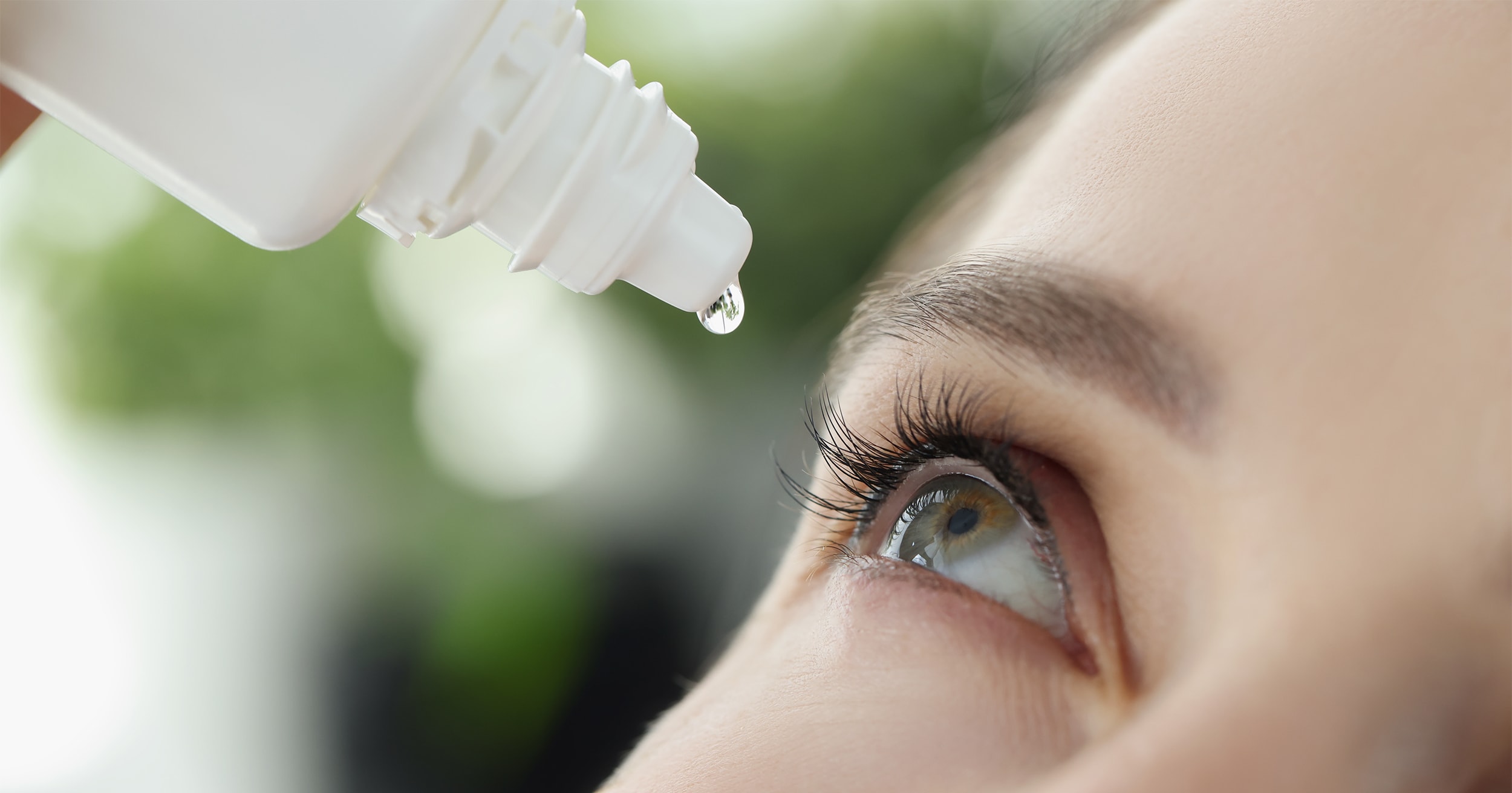

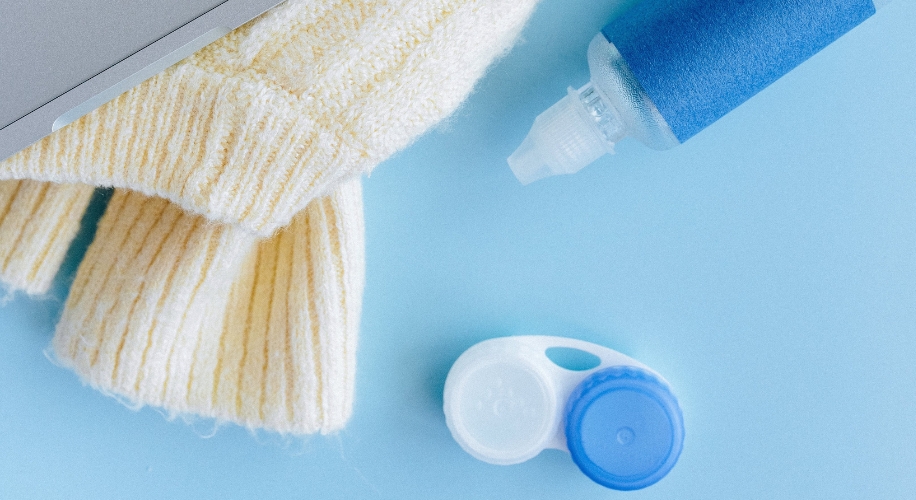
:max_bytes(150000):strip_icc()/SalineSolution-820d1a73956c479ebb0dd04bf04255a5.jpg)

